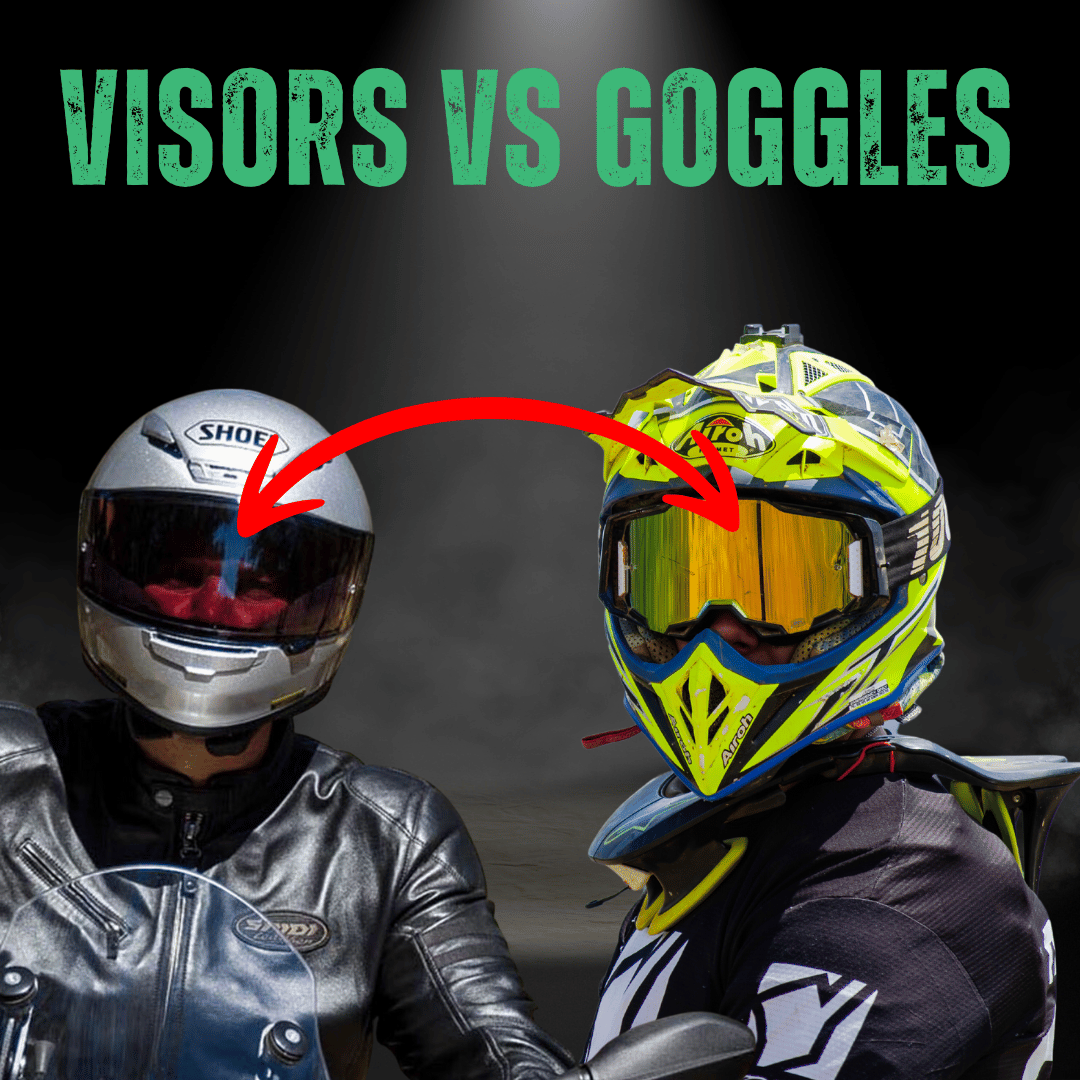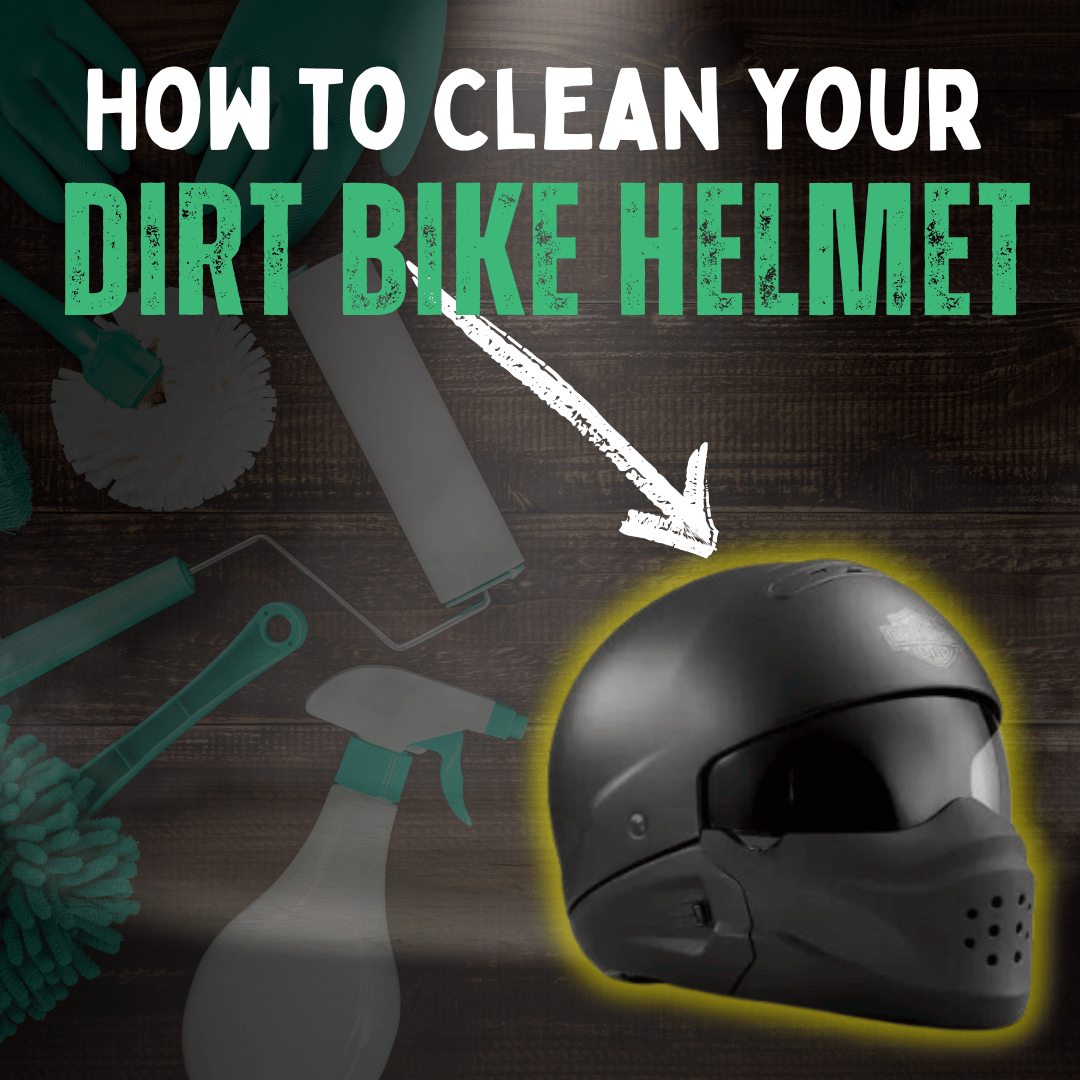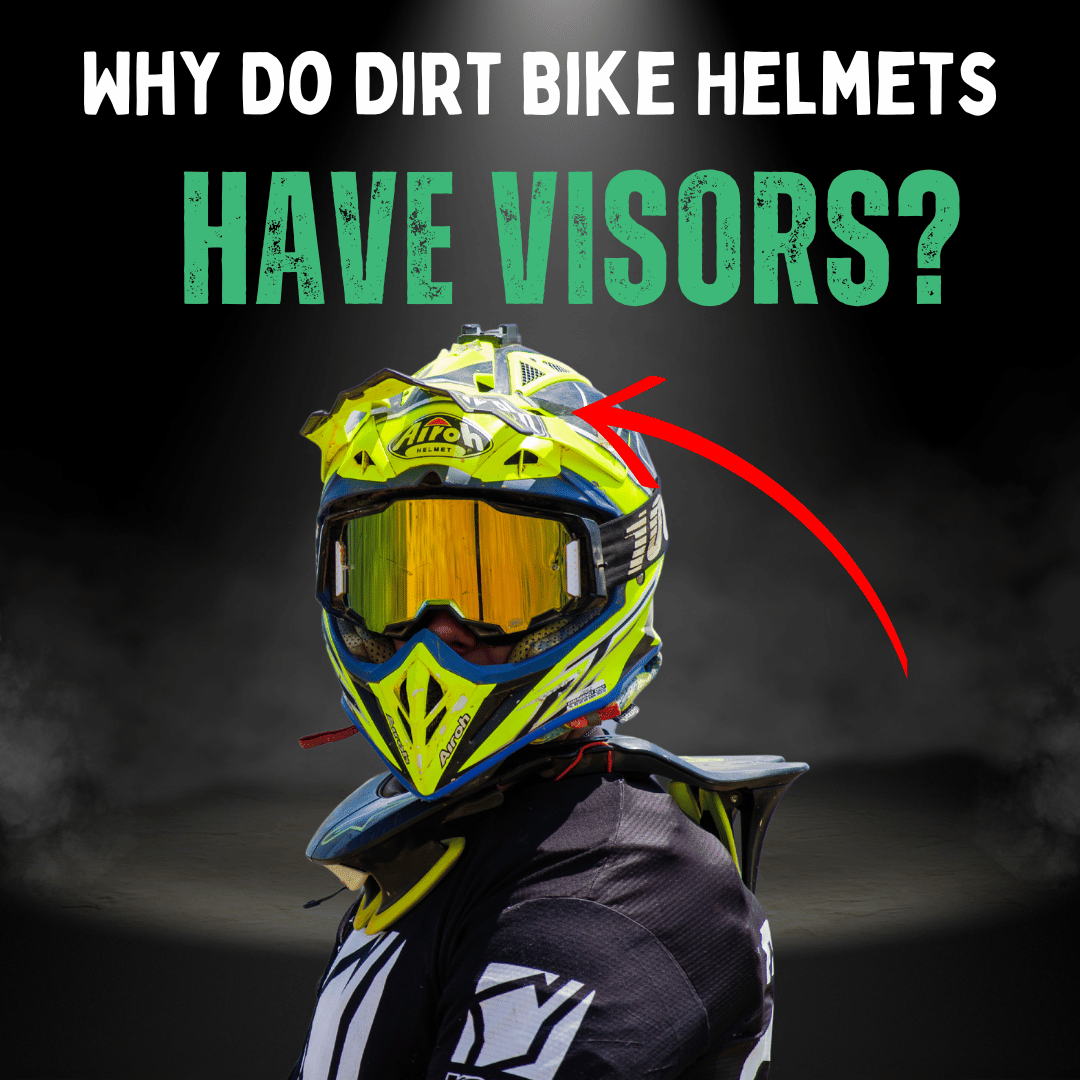
Updated: 08.05.25
Love the thrill of dirt biking? Whether you're a seasoned rider or just starting out, you've likely noticed the distinct design of dirt bike helmets — especially that bold visor.
But here’s the thing: it’s not just for looks.
In this guide, we break down the real reasons behind that extended peak and explore why it’s an essential part of any rider’s gear.
What Does the Visor Really Do?
Why Off-Road Helmets Use Visors (Not Face Shields)
Road helmets feature sleek face shields for highway use. Dirt bike helmets? They’re designed for dust, debris, and obstacles—not aerodynamics.
- Face Protection: Deflects rocks and mud kicked up by your tyres or the rider ahead.
- Sun Shield: Cuts glare when you’re riding toward the sun.
- Branch Guard: Keeps low-hanging twigs and branches from hitting your face.
- Goggle-Ready: Offers airflow so goggles stay fog-free.
Built for Utility
Modern dirt bike visors are made from durable plastics designed to flex and break away under extreme pressure—keeping you safe while staying lightweight.
They're often angled and vented to allow wind to pass through without destabilising your ride.
Visibility + Ventilation
Some visors feature anti-scratch or anti-fog coatings. Others have adjustable angles for changing light and trail conditions.
Pair them with goggles for the ultimate combination of visibility, airflow, and protection.

Care & Maintenance
- Wipe after each ride with a soft cloth
- Avoid chemical cleaners—stick with warm water and mild soap
- Replace if cracked, faded, or overly scratched
Related: How to Clean Your Dirt Bike Helmet

Myths Busted
- "They're just for style" – Nope. They serve real functions, especially on muddy trails.
- "They make helmets less safe" – Actually, visors are designed to detach safely on impact.
- "All visors are the same" – Different sizes and angles suit different riders and terrain.
Conclusion
So, why do dirt bike helmets have visors? Because they're a simple yet powerful tool for off-road safety and performance. From blocking sun and debris to keeping your goggles clear, the visor does more than you think.
Whether you’re dodging dirt or ducking branches, the right visor can make your ride smoother, safer, and more fun.
Looking for more tips or gear? Check out our full range of ride-on motorbikes to keep the adventure rolling.
Got Questions? 🏁
Love what you read about dirt bike visors? Ready to gear up or learn more?
Hop over to RiiRoo.com or chat with us via Live Chat for expert advice and product recs.





Share:
How to Break in a New Dirt Bike Properly (Step By Step)
Motorcycle Safety Tips - Visor vs Goggles